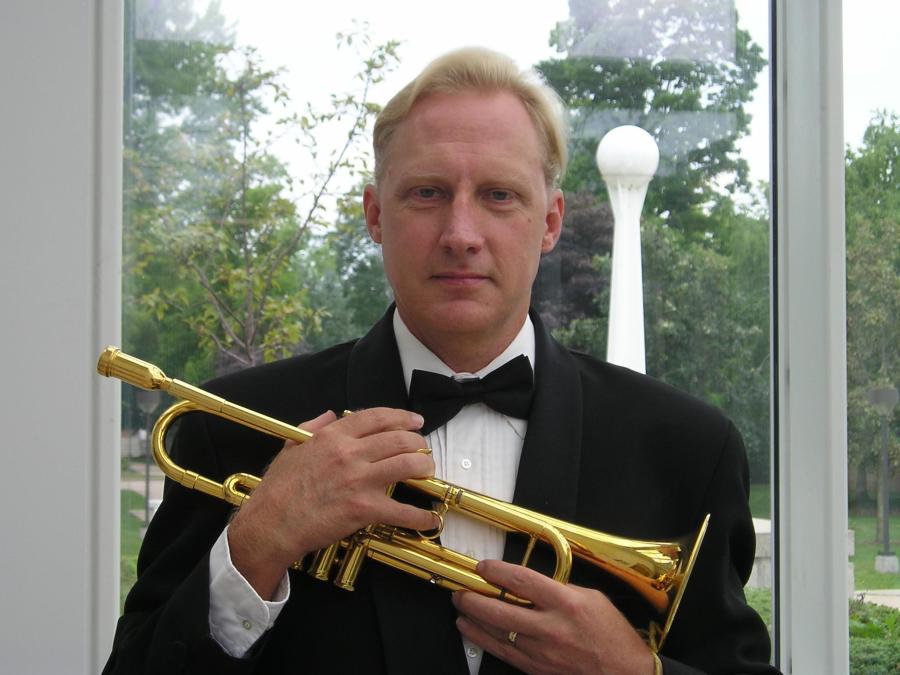My awareness of Schilke instruments developed slowly over a long time period. Eventually I had an epiphany that the Schilke line of instruments was going to allow me to fully express myself as a musician. And while the story is personal, it might be interesting and helpful to others.
I can’t say I grew up with the sound of Schilke trumpets in my head. My first exposure was listening to Bill Chase during my teenage years. As mush as I loved his playing and those recordings, I didn’t have a skill set that allowed me to relate very strongly to him as a player. When my teacher started accumulating high pitched Schilke trumpets I was curious. There was a professional player in the area that played Schilke trumpets and I remember noticing a big difference in his sound. I started to hear a few players using the E3L-4, which struck me as a very useful instrument.
As a young professional, I acquired trumpets in a variety of keys as I could afford them. I owned many brands. I remember being very impressed with the smooth tone and delicate articulation of Wynton Marsalis on the piccolo and Eb trumpets. Like many American trumpet players of my generation, I used Schilke for high pitched trumpet playing but not for anything else. At an ITG conference there was a gold plated Schilke C cornet on prominent display. It played better than most cornets and better than any C trumpet I had ever played so I bought it on impulse. I was an artist/clinician for another company so I wasn’t thinking about switching to Schilke for Bb or C trumpet playing initially, but several things happened that eventually led to the epiphany:
- I noticed how many trumpet manufacturers were introducing trumpets with increasingly firmer slots. This trend has helped a lot of players but I never liked it for myself.
- I went through a long period of re-evaluation in my approach to playing, practicing, and teaching. My book, “Special Studies for Trumpet” was one result. Another result was an interest in having a maximum control over the sound and pitch of the trumpet. I found myself wanting to create a beautiful mouthpiece buzz and wanting to play trumpets that accurately amplified small variations in the buzz, in order to have some variety in tone color.
- I also found the need to consolidate my physical approach from Bb through piccolo trumpet.
For me, the answer became very clear one day at the Schilke factory and I switched to playing everything at medium (.450) bore. So I own trumpets in Bb, C, Eb, and piccolo as well as cornets in Bb and C. I also play the Schilke flugelhorn which is a slightly smaller bore. This strategy has provided many benefits. I am able to focus on a relaxed body, an open throat, and maximum resonance with this set of tools. Also, I don’t have to think about playing certain instruments on a regular basis in order to be ready to play them. They all blow the same. The manner in which Schilke has permanently aligned their valves has provided the final step in consistency across the instrument range.
My approach now is to simply buzz the mouthpiece as beautifully and perfectly as possible, and let the instrument be my mouthpiece holder and amplifier. While this isn’t the only way to play, it suits my musical temperament and I’m very happy with it. I owe many thanks to the folks at Schilke for their advice, support, and time!
John Daniel is the Professor of Trumpet at Lawrence Conservatory of Music in Appleton, WI and the author of “Special Studies for Trumpet”. John performs exclusively on Schilke trumpets and cornets including Bb, C, Eb, G/F, piccolo, cornets, and our flugelhorn.
www.johndanieltrumpet.com

